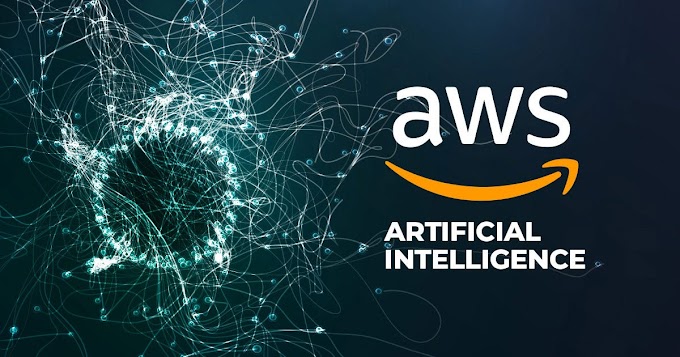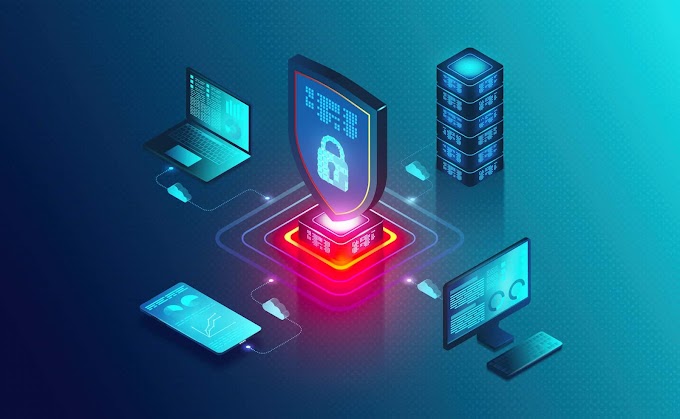In the ever-evolving landscape of technology, businesses
rely on a myriad of tools and frameworks to develop, deploy, and maintain their
applications efficiently. These tools, collectively known as technology stacks,
are crucial for building robust and scalable software solutions. In this
article, we will delve into the concept of technology stacks, explore their
different types, and understand their significance in modern business
operations.
Introduction to Key Technology Stacks :
Technology stacks, also referred to as tech stacks or
solution stacks, encompass a set of software components and tools used in the
development and deployment of applications. They provide developers with a
structured framework to streamline the development process and ensure
compatibility and interoperability between different layers of the application
architecture.
In today's highly competitive market, businesses need to
leverage the right technology stacks to stay ahead of the curve. Whether it's
building a responsive web application, developing a mobile app, or deploying
complex enterprise solutions, choosing the appropriate technology stack is
paramount to success.
Frontend Technology Stack :
The frontend technology stack comprises the tools and
frameworks used for building the user interface of an application. It includes
HTML, CSS, and JavaScript, along with popular libraries and frameworks such as
React, Angular, and Vue.js. These frameworks enable developers to create
dynamic and interactive user interfaces, ensuring a seamless user experience
across different devices and browsers.
Backend Technology Stack :
Contrary to the frontend, the backend technology stack
focuses on the server-side logic and database management of an application. It
involves programming languages like Python, Java, and Node.js, along with
frameworks such as Django, Spring Boot, and Express.js. The backend stack is
responsible for processing user requests, handling data storage and retrieval,
and ensuring the security and performance of the application.
Database Technology Stack :
The database technology stack encompasses the tools and
systems used for storing, managing, and retrieving data in an application. It
includes relational databases like MySQL and PostgreSQL, as well as NoSQL
databases such as MongoDB and Cassandra. The choice of database technology
depends on factors like data structure, scalability requirements, and
performance benchmarks.
DevOps Technology Stack :
DevOps technology stack focuses on automating the processes
involved in software development, deployment, and operations. It includes tools
like Jenkins, Docker, Kubernetes, and Ansible, which facilitate continuous
integration, continuous delivery, and infrastructure as code. DevOps practices
aim to improve collaboration between development and operations teams,
accelerate release cycles, and enhance the overall efficiency of the software
delivery pipeline.
Full-Stack Technology Stack :
A full-stack technology stack comprises both frontend and
backend components, enabling developers to work on all layers of the
application architecture. It includes frameworks like MEAN (MongoDB,
Express.js, Angular, Node.js) and MERN (MongoDB, Express.js, React, Node.js),
which provide a comprehensive environment for building end-to-end web
applications.
Mobile App Technology Stack :
For mobile app development, developers can choose from a
variety of technology stacks depending on the platform and requirements of the
application. For cross-platform development, frameworks like React Native and
Flutter offer the ability to write code once and deploy it on multiple
platforms. Alternatively, native development involves using platform-specific
tools and languages like Swift for iOS and Kotlin for Android.
Cloud Technology Stack :
Cloud technology stack encompasses the infrastructure and
services offered by cloud providers such as AWS, Azure, and Google Cloud
Platform. It includes compute, storage, networking, and database services,
along with tools for monitoring, logging, and security. Cloud computing enables
businesses to scale their infrastructure on-demand, reduce operational costs,
and increase agility in deploying applications.
AI and Machine Learning Technology Stack :
With the proliferation of data and advancements in machine
learning algorithms, AI and ML technology stacks have become indispensable for
businesses looking to derive insights and automate decision-making processes.
Frameworks like TensorFlow, PyTorch, and scikit-learn provide the necessary
tools and libraries for building and training machine learning models across
various domains.
IoT Technology Stack :
The IoT technology stack comprises the hardware, software,
and networking components required for connecting and managing IoT devices. It
includes protocols like MQTT and CoAP for communication, along with platforms
like AWS IoT and Azure IoT Hub for managing device fleets and processing sensor
data. IoT technology stack plays a crucial role in enabling smart cities, industrial
automation, and connected healthcare solutions.
Blockchain Technology Stack :
Blockchain technology stack is centered around decentralized
ledgers and cryptographic protocols that ensure the integrity and immutability
of transactions. It includes components like consensus algorithms, smart
contracts, and decentralized applications (DApps). Beyond cryptocurrency,
blockchain technology finds applications in supply chain management, identity
verification, and secure voting systems.
Security Technology Stack :
Security technology stack focuses on safeguarding
applications and data from cyber threats and vulnerabilities. It includes tools
for encryption, authentication, and intrusion detection, along with best
practices for secure coding and configuration management. With the rise of
cyber attacks and data breaches, investing in a robust security stack is
essential for protecting sensitive information and maintaining customer trust.
Scalability and Performance Optimization :
Scalability and performance optimization are critical
aspects of any technology stack, especially for applications experiencing rapid
growth and heavy user traffic. Strategies like horizontal scaling, caching, and
load balancing help ensure that the application can handle increased workload
without compromising on performance or reliability.
Choosing the Right Technology Stack :
When selecting a technology stack for a project, it's
essential to consider factors such as project requirements, team expertise,
scalability needs, and budget constraints. Conducting thorough research,
evaluating different options, and seeking advice from experienced professionals
can help in making an informed decision. Additionally, leveraging case studies
and real-world examples can provide valuable insights into the effectiveness of
different technology stacks in specific use cases.
Conclusion :
In conclusion, technology stacks play a pivotal role in
modern software development, providing developers with the tools and frameworks
needed to build innovative and scalable solutions. Whether it's frontend
development, backend logic, data management, or infrastructure deployment,
choosing the right technology stack is crucial for achieving success in today's
competitive market. By staying updated with the latest trends and advancements
in technology, businesses can leverage the power of technology stacks to drive
growth, enhance user experience, and stay ahead of the competition.
FAQs :
1. What are the key components of a technology stack?
- A technology stack typically comprises frontend, backend, database, and infrastructure components, along with tools for development, deployment, and monitoring.
2. How do I choose the right technology stack for my
project?
- Consider
factors such as project requirements, team expertise, scalability needs,
and budget constraints. Conduct thorough research and seek advice from
experienced professionals.
3. Are there any industry-specific technology stacks?
- Yes,
certain industries may have unique requirements that necessitate
specialized technology stacks. For example, fintech companies may require
robust security and compliance features, while healthcare organizations
may prioritize interoperability and data privacy.
4. How can I stay updated with the latest trends in
technology stacks?
- Follow
industry blogs, attend conferences and webinars, join online communities,
and participate in training programs to stay abreast of emerging
technologies and best practices. Additionally, engage with peers and
experts in the field to exchange ideas and insights.







